Inner Mongolia Autonomous Region, often referred to simply as Inner Mongolia, is located in northern China, bordering both Russia and Mongolia. As the third-largest provincial region by area, it stretches across the northeast, north, and northwest parts of China. The capital city, Hohhot, is a historical and cultural hub, while other cities like Baotou, Chifeng, and Ordos each have their own distinctive charm.
With its vast grasslands, deserts, and plateaus, Inner Mongolia offers breathtaking landscapes and rich ethnic traditions. It is one of China’s main pastoral regions, deeply rooted in nomadic culture and the legendary stories of Genghis Khan. Travelers come here to experience both the raw beauty of nature and the depth of Mongolian heritage. This unique blend of history, culture, and landscape makes it an increasingly popular travel destination for nature lovers and cultural explorers alike.
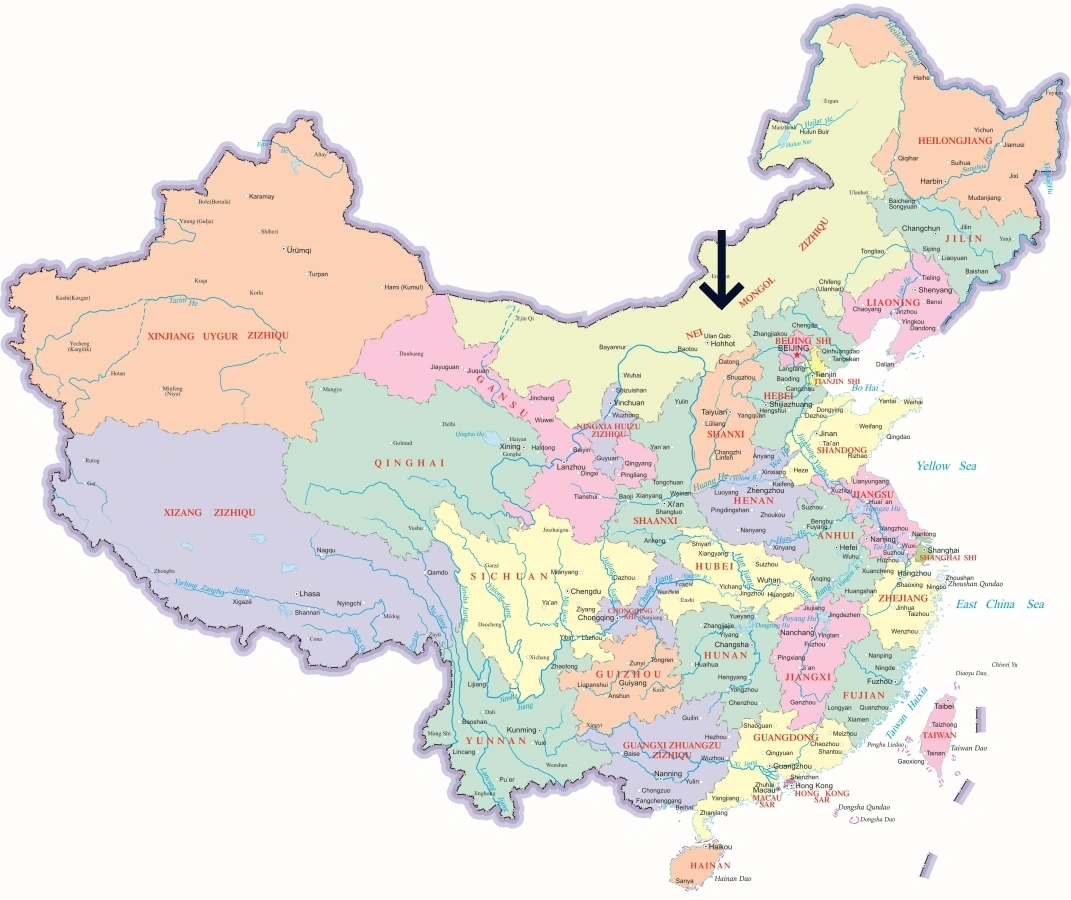
Inner Mongolia comprises 9 prefecture-level cities and 3 leagues (similar to prefectures). Each region features its own distinctive scenery and cultural identity. Whether you’re looking to explore vast grasslands, venture into deserts, or immerse yourself in Mongolian customs, Inner Mongolia offers unforgettable experiences.
Popular destinations include Hohhot, Baotou, Ordos, Chifeng, and Hulunbuir. Meanwhile, cities like Tongliao, Ulanqab, Bayannur, Wuhai, as well as leagues such as Xilingol, Hinggan, and Alxa, also offer plenty of authentic charm and natural beauty.
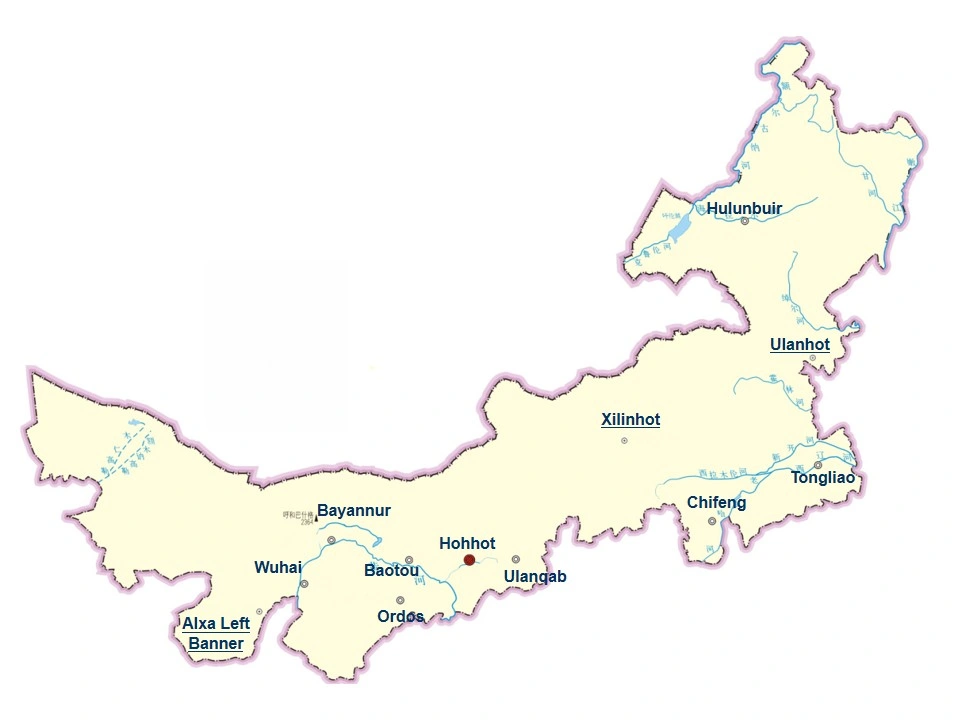
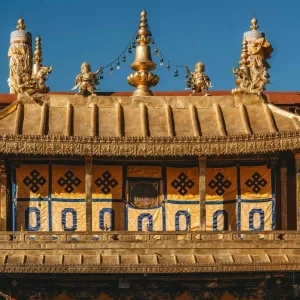
The capital of Inner Mongolia is a cultural and historical center. Key attractions include the Jokhang Temple, Great Mosque, and the Inner Mongolia Museum. It's a great place to learn about the region’s history and its fusion of Han and Mongolian cultures.

Sitting along the Yellow River, Baotou is known for its heavy industry and rare earth resources. It also offers scenic spots like Meiligeng Scenic Area and Saihantala Grassland Park.
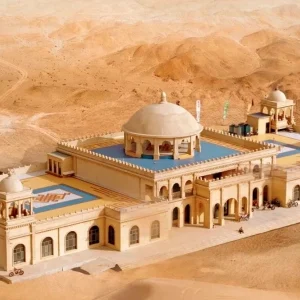
Famous for the Mausoleum of Genghis Khan, Ordos stands as a symbol of Mongolian spirit. It also features the Kubuqi Desert and Xiangshawan (Resonant Sand Gorge), perfect for desert adventures.
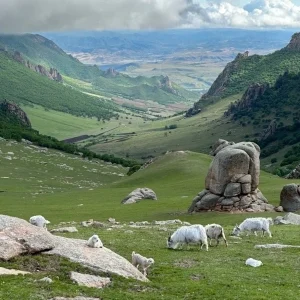
The most populous city in Inner Mongolia, Chifeng blends Khitan heritage with grassland scenery. Must-sees include the UNESCO World Heritage Site of Shangdu (Xanadu) and the otherworldly Ashatu Stone Forest.
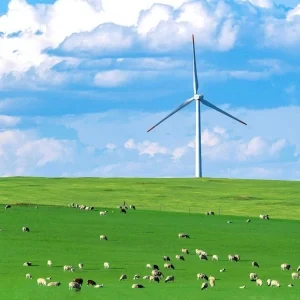
Often called “China’s most beautiful grassland,” this area is a paradise in summer and a snowy dreamland in winter. It’s ideal for horseback riding, camping, and ethnic cultural experiences.
Inner Mongolia is rich in natural wonders and cultural heritage. From boundless prairies to spiritual landmarks, the region offers diverse attractions for outdoor explorers and culture enthusiasts.
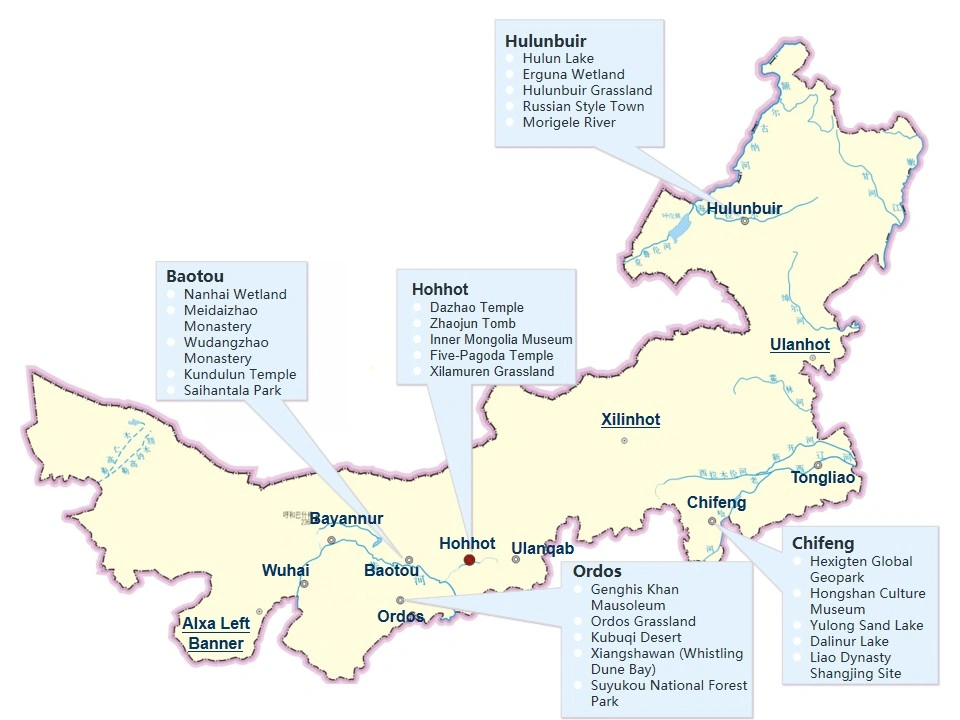
-300x300.webp)
This world-famous grassland stretches as far as the eye can see. Summer is ideal for horseback riding, bonfires, and overnight stays in traditional yurts.
-300x300.webp)
A sacred site honoring the Mongolian conqueror. The site is solemn and historically significant, offering a deep dive into Mongolian heritage.
-300x300.webp)
Also known as Resonant Sand Gorge, this desert area features singing sand dunes and adventure activities like camel rides and sandboarding.
-300x300.webp)
The largest Tibetan Buddhist temple in Inner Mongolia. Known for its silver Buddha statue, golden dragons, and beautiful murals.
-300x300.webp)
Dubbed the “northern stone forest,” its formations were carved by glacial movement. This is a photographer’s dream and a geological wonder.
-300x300.webp)
A must-see in autumn, these golden poplar trees transform the desert into a breathtaking sea of yellow. It’s a top spot for fall photography.
Inner Mongolian cuisine—often referred to as Mongolian food—is known for its bold flavors and emphasis on natural ingredients. Meat, dairy, and wheat-based dishes dominate the menu. Thanks to the nomadic lifestyle, most meals are high in protein and perfect for colder climates.
If you’re staying in a yurt or attending a Mongolian-style banquet, don’t miss the opportunity to try local dishes like roast lamb and handmade dairy treats.
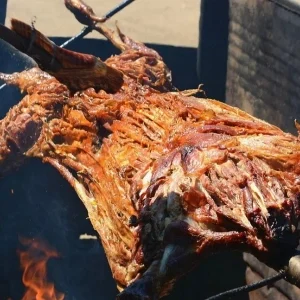
A traditional Mongolian feast dish. The meat is roasted until crispy outside and tender inside—ideal for group dining.
-300x300.webp)
A no-frills, hearty dish where lamb is boiled and cut into chunks, preserving its original flavor.
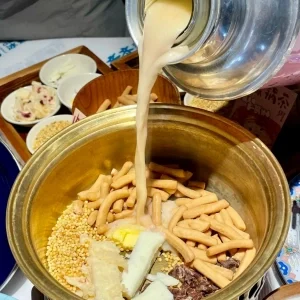
Brewed with brick tea, fresh milk, butter, and a pinch of salt. It's not just a drink—it’s a daily ritual.
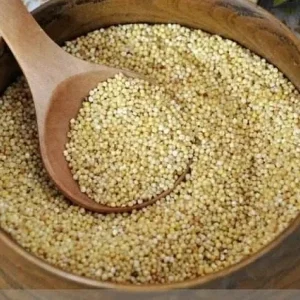
Roasted grains like millet or barley are mixed with milk tea. A typical snack in local homes.

Strips of beef or lamb are naturally cured in the dry grassland climate. They’re chewy, salty, and great for travel.
-300x300.webp)
Made from fermented milk, this dense dairy product offers rich flavor and a lasting finish.
Inner Mongolia covers approximately 1.183 million square kilometers, making it one of China’s largest provinces. As of 2023, its permanent population is around 23.9 million. Here’s a breakdown of population and area by major city or league:
Hohhot: 17,200 km² | Population: ~3.1 million
Baotou: 27,900 km² | Population: ~2.7 million
Ordos: 87,000 km² | Population: ~2.1 million
Chifeng: 90,000 km² | Population: ~4 million
Hulunbuir: 250,000 km² | Population: ~2.3 million
Tongliao: 59,000 km² | Population: ~2.6 million
Ulanqab: 55,000 km² | Population: ~1.9 million
Bayannur: 65,000 km² | Population: ~1.7 million
Wuhai: 17,500 km² | Population: ~550,000
Xilingol League: 200,000 km² | Population: ~1.1 million
Hinggan League: 60,000 km² | Population: ~1.5 million
Alxa League: 270,000 km² | Population: ~250,000
Note: All population data reflects recent statistics and may vary slightly by year.
Inner Mongolia’s climate is mostly dry and continental, with long winters, short summers, and large temperature swings between day and night. Here’s a month-by-month breakdown:
January: Extremely cold and dry. Average temperatures: -20 to -10°C (-4 to 14°F); can drop below -30°C (-22°F).
February: Still frigid, often windy and dusty.
March: Warming up slowly, but still chilly. Day–night temperature gaps are large.
April: Spring begins with frequent sandstorms. Temperatures range from mild to warm.
May: Comfortable climate. Perfect time to visit the grasslands as they begin to turn green.
June: Peak travel season. Warm and pleasant with lush prairie landscapes.
July: The hottest month. Daytime temps can hit 30°C (86°F), but evenings are cool.
August: Grasslands remain green and vibrant. Great for camping and horseback riding.
September: Cooling down. Clear skies and calm weather make it ideal for outdoor activities.
October: Fall foliage season. Yellowing grass and golden poplars dominate the landscape.
November: The chill sets in. Snow is possible in northern areas.
December: Full winter mode. Expect freezing temps and snow-covered terrain.
Best time to visit: June through September for green pastures; October for fall colors and photography.
Here are the primary postal codes and landline area codes for major cities in Inner Mongolia:
Hohhot: ZIP 010000 | Area Code: 0471
Baotou: ZIP 014000 | Area Code: 0472
Ordos: ZIP 017000 | Area Code: 0477
Chifeng: ZIP 024000 | Area Code: 0476
Hulunbuir: ZIP 021000 | Area Code: 0470
Tongliao: ZIP 028000 | Area Code: 0475
Ulanqab: ZIP 012000 | Area Code: 0474
Bayannur: ZIP 015000 | Area Code: 0478
Wuhai: ZIP 016000 | Area Code: 0473
Xilingol League: ZIP 026000 | Area Code: 0479
Hinggan League: ZIP 137400 | Area Code: 0482
Alxa League: ZIP 750300 | Area Code: 0483

 English (US)
English (US)